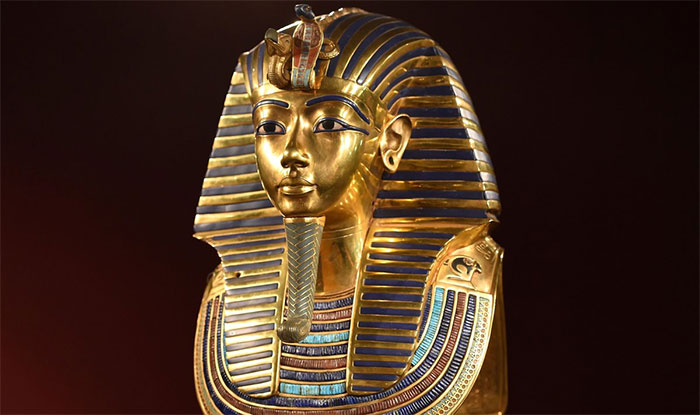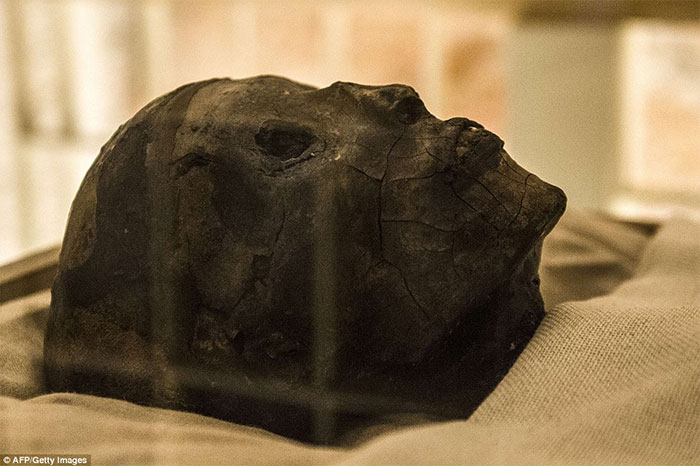After nearly a century of research and investigation, archaeologists have decoded six mysteries surrounding Tutankhamun, the famous king associated with the “Egyptian mummy curse.”
In 1922, archaeologist Howard Carter discovered the tomb of King Tutankhamun while excavating in the “Valley of the Kings.” At 2 PM on February 17, 1923, Howard and his research team began exploring the interior of the tomb. After numerous investigations, scientists have uncovered explanations for the secrets of the pharaoh’s legend.
The “Egyptian Mummy Curse”
Legend has it that on the day Carter opened the sarcophagus of Tutankhamun, a cobra devoured his beloved canary.

Many events have raised concerns about the “Egyptian mummy curse.”
Additionally, Lord Carnarvon, the financier of the tomb excavation, died just six weeks after the tomb was opened. These events have heightened fears about the “Egyptian mummy curse.”
However, scientists believe that the lord died from pneumonia, a condition he is thought to have suffered from since a car accident in 1901.
Eight others who attended the excavation died within a decade, all from common illnesses.
The King’s Death
King Tut died under very mysterious circumstances. He passed away at the age of 19 in 1323 BC. The excavation nearly 100 years ago revealed a series of injuries that were unexplained at the time.
Nonetheless, modern forensic science has now determined the cause of death. Scientists believe he died from a chariot accident, and the individuals responsible for mummifying King Tut inadvertently caused the remaining injuries.
The Mysterious Chamber
As a legendary king, Tutankhamun was buried in a gold-plated tomb filled with numerous artifacts and offerings.
Many rumors suggest that he also had a hidden chamber connected to the main structure. Once again, new technological advancements have proven that this theory is unfounded.
Egyptian scientists conducted radar scans around the king’s resting place, noting that there were no chambers located behind the walls.
The King’s Illness
Although archaeologists previously succeeded in uncovering the surface of the pharaoh’s complex burial chamber and sarcophagus, they were still unable to study King Tut’s body.
Advancements in biology, particularly DNA analysis, have helped resolve this issue. In 2010, scientists discovered that he had suffered from malaria and bone disorders.

Mummy studies reveal many secrets about this Egyptian king. (Photo: Getty).
King Tut’s Family
Tutankhamun is a notable historical figure, but he is mostly known for his extravagant tomb.
Historians have always sought deeper insights into his life as well as the identities of this king’s parents.
His origins remain controversial, but archaeologists have gathered more information than before. DNA analysis uncovered issues related to his body, raising the hypothesis that Tutankhamun’s parents were likely cousins.
Who Did King Tut Worship?
The ancient Egyptians believed that pharaohs were gods in human form. Nevertheless, they also worshiped other deities, and Tutankhamun was no exception.
He revered two gods: Amun (the supreme god) and Aten (the sun disk), based on studies of the king’s name.


















































